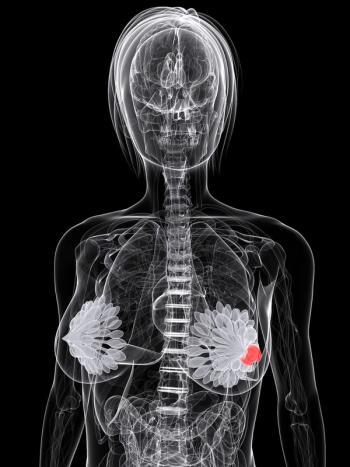
Addressing Peripheral Neuropathy Post–Cilta-cel in Multiple Myeloma
Nurses may need to help patients with multiple myeloma adjust to walking differently in the event of peripheral neuropathy following cilta-cel.
Peripheral neuropathy may be a notable adverse effect (AE) following ciltacabtagene autoleucel (cilta-cel; Carvykti) infusion in those with multiple myeloma, and nurses must prepare to manage this toxicity to help patients maintain their lives, according to Ishmael Applewhite, BSN, RN-BC, OCN.
In a conversation with CancerNetwork® during the
Given that peripheral neuropathy following cilta-cel may affect how a patient walks and navigates the world, Applewhite stated that nurses should prepare to help patients walk differently and adjust to a new lifestyle.
In the CARTITUDE-4 trial, any-grade and grade 3/4 peripheral neuropathy affected 2.8% and 0.6% of patients who received treatment with cilta-cel, respectively. The median time to onset of peripheral neuropathy was 63 days, and patients had this toxicity for a median of 201 days. Additionally, investigators reported that 60.0% of peripheral neuropathy events eventually resolved.
Transcript:
Some of the more long-term [AEs] are still related to the neurological [AEs]. [Patients] may have developed peripheral neuropathy, which can change the way a patient walks and holds things, and that changes how they navigate the world. From a nursing standpoint, [you must] prepare your patient for understanding what it means to learn how to walk [differently] and maintain your life after having treatment with cilta-cel. They’re already at risk for peripheral neuropathy just from regular treatment that they may have already had.
But an expectation [nurses have] is just making sure that [patients] understand [and say], “You have a new lease on life. You have more time, and there may be additional things that you have to do to conform to that new life. But we’ll get you there.”
Reference
Applewhite I, Elfrink G, Esselmann J, Lonardi C, Florendo E, Sidiqi MH. Efficacy and adverse events after ciltacabtagene autoleucel treatment in the CARTITUDE-4 as-treated population consisting of patients with lenalidomide-refractory multiple myeloma who received 1-3 prior lines of therapy. Presented at: 2024 Oncology Nursing Society Congress; April 24-28, 2024; Washington DC.
Newsletter
Stay up to date on recent advances in the multidisciplinary approach to cancer.
















































































